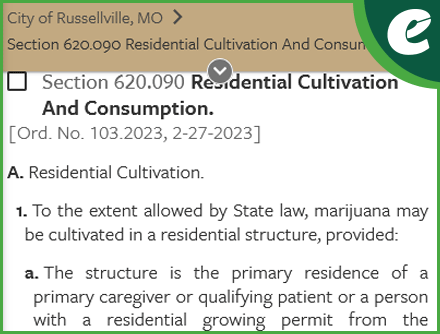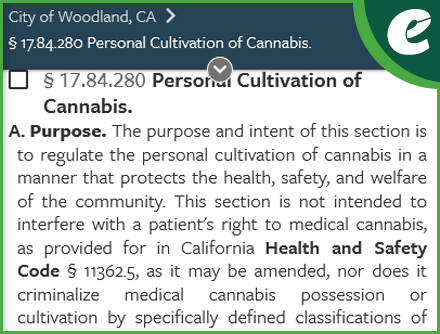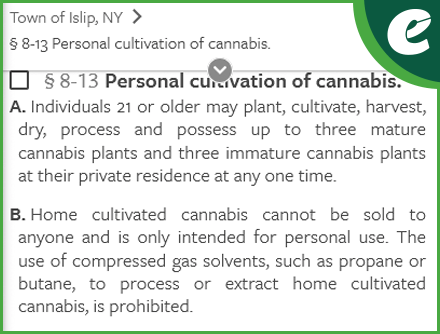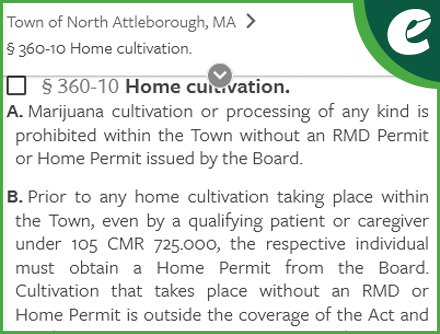Evolving societal attitudes around Cannabis and its proven medical benefits have prompted more than 40 states to relax restrictions on or fully legalize the sale and use of the product. More than 12,000 legal Cannabis dispensaries are now up and running in the US and an estimated $4 billion in tax revenue was generated in 2024 by this new cash crop.
As the Cannabis dispensary business becomes more mainstream, users who wish to grow their own plants at home can still face legal hurdles — including hefty fines– if they don’t follow certain rules. Homegrown Cannabis can open the door to overuse or the illegal sale of the drug to minors. The lack of supervision over the quality and potency of the product can also pose dangers to purchasers and users. Many states are now addressing the homegrown Cannabis issue by creating legislation that allows users to grow the plant at home within certain parameters.
Location matters
According to The Marijuana Consumer, the legal landscape for Cannabis cultivation varies widely across the United States, with each state setting its own rules and regulations. As Cannabis laws continue to evolve, the number of states allowing home cultivation is gradually increasing. However, the rules aren’t uniform, and what is legal in one state may be illegal in another. The same can be true at the local level.
View sample homegrown cannabis legislation >
Medical vs. Adult Use
Two factors that dictate where Cannabis can legally be grown include whether the plants will be produced for medical purposes or simply for recreational (adult) use.
Adult Use: Also known as recreational use, this form of legalization permits anyone over a certain age (typically 21) to use Cannabis without needing a medical reason. Home cultivation is also allowed in most states with adult-use legalization, though the rules can differ significantly.
Medical Use: States with medical Cannabis programs allow patients with qualifying conditions to use cannabis as part of their treatment. Home cultivation is often permitted for medical Cannabis patients, though the number of plants allowed may vary.
Federal vs State/Local Laws
While many states and municipalities are setting their own standards for homegrown Cannabis, it’s important to note that cannabis remains illegal at the federal level in the United States. This creates a confusing landscape for those interested in growing the plants for personal use. In states like California and Colorado, cannabis is fully legalized, allowing home cultivation while other states may restrict or impose outright bans.
Planting by the numbers
States where Cannabis is legal for adult use typically allow a certain number of plants to be grown at home. These states often restrict the number of mature (flowering) and immature (vegetative) plants. Examples include:
Legal Recreational-Use States
Medical Use Only States
Restricted Growth States
Some states have legalized Cannabis for adult use but impose significant restrictions on home growing.
Prohibited States
A few states still have not decriminalized Cannabis, effectively banning all forms of cultivation. These states include:
A current list of state Cannabis laws can be found here.
Weed Whacked--Penalties for unauthorized cannabis cultivation
Unauthorized Cannabis cultivation can lead to various penalties, which differ by state. For example, cultivating more than the allowed number of marijuana plants or growing without a proper license may result in hefty fines and even jail time. First-time offenders may face misdemeanor charges, while repeat offenders might deal with felonies.
To avoid penalties, it’s always a good idea to check local jurisdictions.
Useful examples of homegrown Cannabis legislation from the eCode360® Library
If your community is interested in drafting or updating legislation related to homegrown Cannabis in your community, here are some useful examples that can be found in our eCode360 Library:
Updating your municipal code is vitally important
Submit your code updates as soon as possible and ensure constituents and local government officials are always referencing and working with the most up-to-date resources. Make it part of your Board meeting close-out process to send your adopted legislative changes to General Code when everything from that meeting is already right at hand.
Sources:
- Arcannabis Clinic.com
- WSKG: NY expands rules for homegrown cannabis cultivation
- NY State Department of Cannabis Management
- The Motley Fool: Marijuana Tax Revenue by State
- The Marijuana Consumer: Where is it Legal to Home-Grow Cannabis?
- Weed Missouri: Missouri Home Cultivation License Rules—Your Go-To Guide
- The Marijuana Herald: A Breakdown of Cannabis Home Grow Laws Across the United States
- Mosca Seeds: How Many Legal Cannabis Plants Can I Grow?
- Cannabiz Media: Which States Allow You to Grow Your Own
- eCode360 Library






